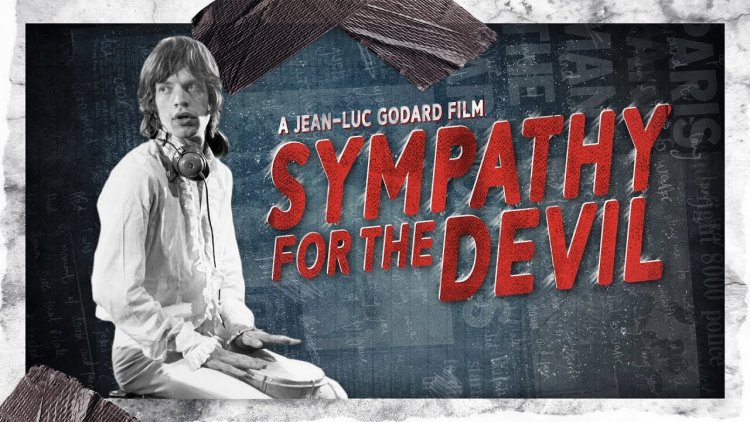Sympathy for the Devil
"Sympathy for the Devil," directed by Jean-Luc Godard and released in 1968, is a thought-provoking and experimental film that challenges traditional narrative structures and explores themes of art, politics, and revolution. Through its innovative approach and artistic vision, the film offers a unique cinematic experience that pushes the boundaries of storytelling and engages viewers in a profound exploration of society and its complexities.

Unconventional Narrative Structure
One of the most striking aspects of "Sympathy for the Devil" is its unconventional narrative structure. The film eschews a linear storyline and instead presents a series of vignettes and fragmented scenes that gradually build upon each other. This unconventional approach allows the audience to piece together the larger themes and ideas presented in the film, inviting active engagement and interpretation.
Artistic Collaboration
The film features an intriguing collaboration between Jean-Luc Godard and the legendary rock band, The Rolling Stones. At the heart of the film is the process of creating music, specifically the recording of the iconic song "Sympathy for the Devil." Through the interplay between Godard's artistic vision and The Rolling Stones' musical talent, the film captures the essence of artistic collaboration and the power of music as a catalyst for social change.
Political and Social Commentary
"Sympathy for the Devil" is deeply rooted in its political and social context. It reflects the turbulent atmosphere of the late 1960s, with references to revolutionary movements, student protests, and the struggle for social justice. Godard uses the film as a platform to critique established power structures and challenge societal norms, providing a thought-provoking commentary on the political climate of the time.
Cinematic Techniques and Aesthetics
Godard's mastery of cinematic techniques is evident throughout "Sympathy for the Devil." The film combines various visual styles, including documentary-like sequences, improvisational performances, and experimental editing techniques. These stylistic choices not only enhance the film's overall aesthetic appeal but also serve to disrupt traditional storytelling conventions, pushing the boundaries of cinema and challenging viewers' expectations.
Exploration of Identity and Revolution
Identity and revolution are central themes in "Sympathy for the Devil." The film delves into the notion of collective identity and the role of the individual within societal change. Through its fragmented narrative structure and diverse characters, the film examines different perspectives on revolution and the complexities of personal and political transformation.
Impact and Legacy
"Sympathy for the Devil" remains a significant film in the history of cinema. Its experimental approach to storytelling and its bold exploration of political and social themes have influenced subsequent generations of filmmakers and artists. The film serves as a testament to Godard's innovative vision and his ability to challenge traditional cinematic norms, leaving a lasting impact on the world of cinema.
Also Check Victoria Beckham said that she wants another child!
Conclusion
"Sympathy for the Devil" is an audacious and thought-provoking film that defies traditional storytelling conventions. Jean-Luc Godard's experimental approach, combined with The Rolling Stones' music and the film's political and social commentary, creates a unique cinematic experience. By challenging societal norms, exploring the creative process, and pushing the boundaries of cinema, "Sympathy for the Devil" invites viewers to reflect on art, politics, and the complexities of the human condition.





























